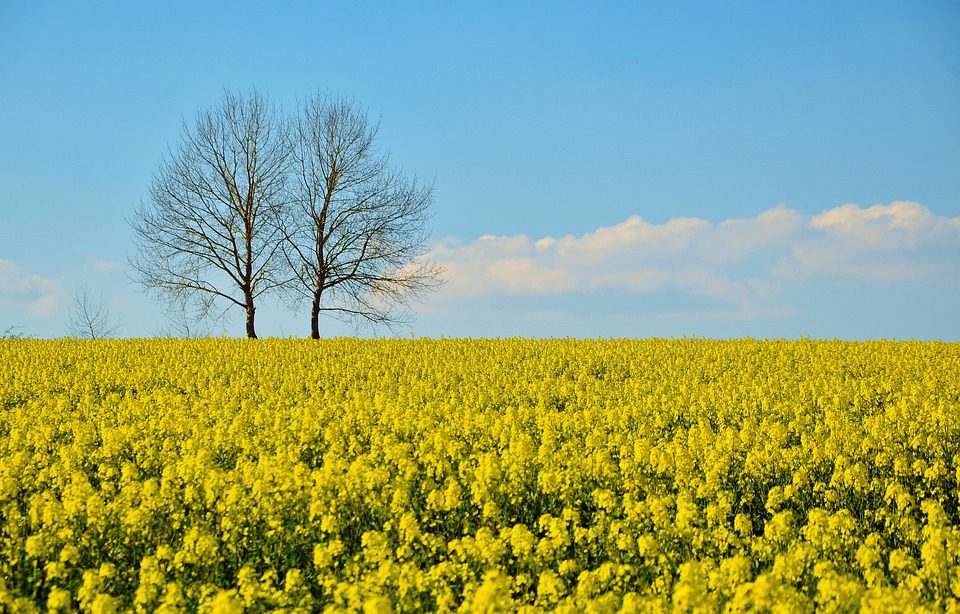Catch crops are increasingly seen as a way of expanding the rotations followed by Irish cereal growers. According to Teagasc, early drilling is critically important in this regard.
August-planted crops always perform better than those sown out a month later.
Growers should target fields that were cleared early (e.g. winter barley) and get crops established as effectively as possible.
One point to note is that crops like mustard will grow quite quickly and become stemmy, so leave these until later in August.
GLAS catch crops
Green Low-carbon Agri-environment Scheme (GLAS) catch crops can be sown up to September 15, using light cultivation techniques. Ploughing is not allowed.
Significantly, catch crops in GLAS can only be grazed after December 1, and two separate species must be sown.
Brassica species, such as fodder rape and leafy turnip, should be avoided where oilseed rape is already in the farm crop rotation.
These planting options will increase the possibility of getting diseases like sclerotinia and club root in following oilseed rape crops.
Outside of the GLAS scheme, there are other options such as redstart (a hybrid brassica), stubble turnips or even kale, although yields will not be as high as in June or July-sown crops.
Oilseed rape
Meanwhile, oilseed rape (OSR) offers an ideal break from cereal rotations and is a good entry for first wheats.
Other benefits include spreading the workload, soil structure benefits and it can be used to control difficult grass weeds.
Crops should be sown out between mid-August to early September and, ideally before September 10.
However, seedbed quality – fine and firm – is as important as the sowing date.
The Department of Agriculture, Food and the Marine (DAFM) recommended Winter Oilseed Rape (WOSR) list is the best source of information on the main OSR varieties available in Ireland.
Conventional varieties or hybrids can be sown in August but in September you should only use hybrids. The recommended seeding rate is 60-80seeds/m2; to establish 30-50 plants/m2 in the spring.
Varietal differences in vigour, thousand grain weight, seed bed conditions and sowing date must be accounted for. Poor seed bed and late sowing will need higher (10%) seeding rates.
Weed control
Where weed control is concerned, field history is important as pre-emergence weed control is still the most effective management option.
Volunteer cereals, cleavers and grass weeds are the main competitive weeds and do most damage early in the crop’s growth. Growers can apply either pre-emergence or early post-emergence treatments.
Crops may also need a follow-up application to control some broadleaf weeds depending on the field.
Complete grass weed and volunteer cereal control as soon as possible post-emergence and in full accordance with the herbicide label, if any of the graminicides are used.
